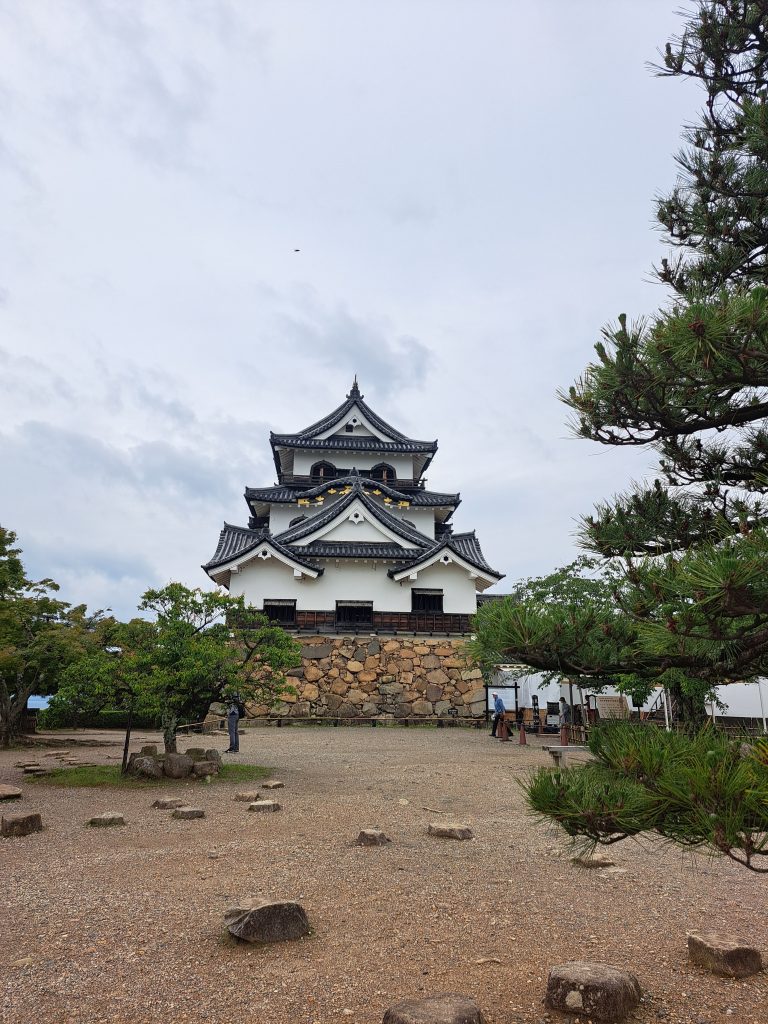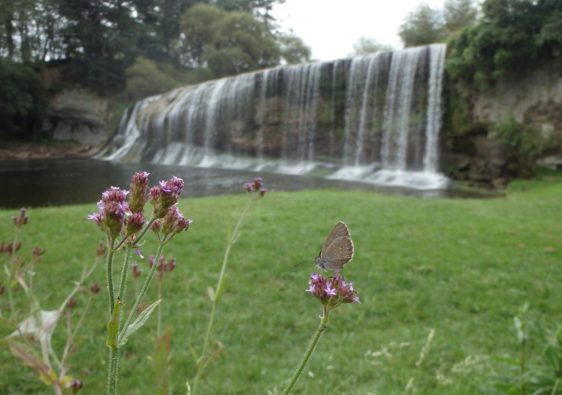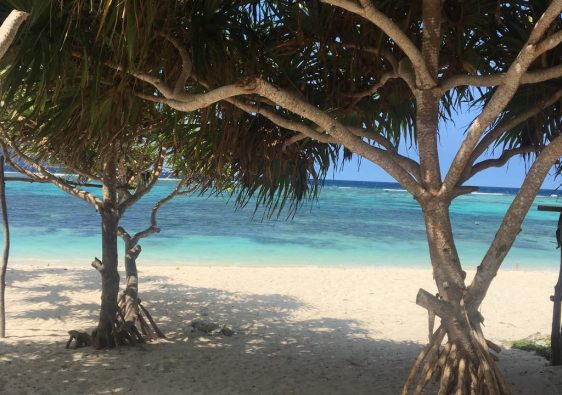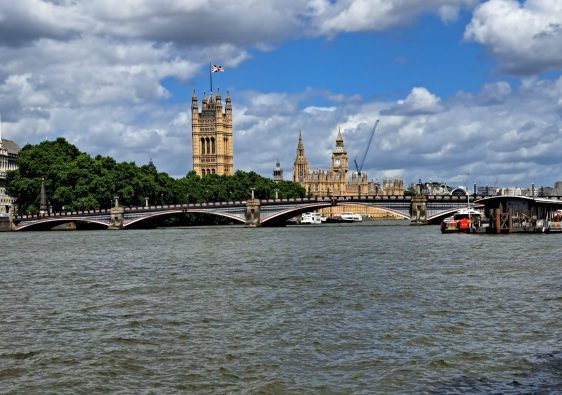Page menu:
Overview – When to visit – Things to do – Cost – Insider tips
Japan is by far the most surprising country I have had the privilege to visit. The beautiful clashing and meshing of ancient and modern, breathtaking views, incredible history and warm, endearing people put this place on the top of my list of countries to visit again. I was so blown away at every turn, and I have no doubt you will be too!

Overview:
Language: Japanese.
Although you won’t find many English speakers in small towns or the countryside, travelers are likely to find a young person in a big city that speaks English.
Money: Japanese Yen (JPY)
Conversion rate: 1USD=109JPY (As of Sept. 2021)
Tipping: It is considered an insult to the chef if you tip with cash. Instead offer a compliment. Slurping your noodles is also a show of appreciation.
Outlets: 100v with the same type of plug as the USA. If you are traveling from the US you will not need a converter or adapter.
Emergency #: 110 for Police 119 for fire/ambulance
People: Amazingly friendly people! We found that locals in every town were willing to help us with directions, food, train stations, etc even through a language barrier. Oftentimes, Japanese people, women especially, will come across as shy or timid. This is cultural and does not mean they are any less willing to help!
Safety: Japan is at the top of my list for safest countries in the world. I never once had a bad feeling or felt nervous. In fact, we even saw a woman drop a clear baggie full of money on the street and a stranger picked it up, chased her down to return it. No worries here.
Water: With all the volcanic land, the water in Japan is very safe to drink. In fact, some mountain towns have fresh spring drinking fountains where you can refill your bottles.

Seasons:
Very similar to weather patterns in North America, Japan has four distinct seasons.
Winter=December-February. A perfect time for snow bunnies and boarders.
Spring=March-May. Also known as “Cherry Blossom Season”. This is when we visited and it was the perfect time to see cherry blossoms in full bloom! Although it was a bit windy and rainy some days, (hello, spring) seeing those trees do their thing was well worth it!
Summer=June-August.
Fall= September-November. This is a high tourist season, meaning hotels are more booked up, and tour costs might be a little higher.
My recommended time to visit: Because of the geography of the Japanese islands, choosing a perfect time to visit is tricky. The Northern region gets much colder than the rest of the country and is filled with snow activities most months of the year, whereas the southernmost island is much warmer with less exaggerated seasons. Early months of summer are always a safe bet here. Nicer weather and not quite peak tourist season.



Things to do in Japan:

Go to a castle or museum (or both!): There are so many to choose from. I highly recommend the peace memorial museums and parks in Nagasaki and Hiroshima (but be ready for a heavy, emotional experience). The Gold Castle and Himeji Castles were two of our favorite. Most castles and museums have tour options available. It’s worth it to pay for the guide or headphones to learn some incredible history.
Eat Ramen. This one is incredibly easy as there are ramen shops everywhere! Every region has a different broth base, so you can’t just have one bowl and call it good for the rest of your trip. Try em out!


Visit an animal cafe. There are many versions of these; cat, lizard, hedgehog, etc. It’s a fun, unusual experience and from what I found, the animals seem to be treated well.
Check out convenience store snacks. I know this one sounds a little strange, but just hear me out. You are likely to find some things you have never heard of before, but because the food standards are high, even the processed foods aren’t too terrible, health wise. And hey, who doesn’t want to snack on potato dumplings or almond & fish slivers.


Go shopping at a train station. Seriously. Some of the train stations are several stories high and have a mall, cinema, food courts, grocery stores and more all built into one place.
Play Pachinko at a local arcade. A classically Japanese game that is sure to bring up some laughs. If it’s not your thing, play mario kart or another game, but peek onto some of the screens of locals crushing he high score.

General cost:
Like anywhere, the expenditures can vary widely depending on what type of traveller you are and the length of your stay. Below are average prices (in USD) for typical items.

Budget
Food: A bowl from a Ramen shop will set you back about $8. At an Izakaya, side dishes usually cost $3-$6 and beer is typically around $5.
Accomodation: Hostels or pod hotels run about $30per person
Transportation: Metro day pass is $9 for unlimited rides in the city.
Activities: Temple and Shrine visits are around $5 or free. Parks and beaches are free.

Mid Range
Food: Family restaurant meals are around $10 each.
Accomodation: The average western style hotel is around $130 per night.
Transportation: Taxis and Uber are both expensive and not always easy to find. Train tickets can cost between $15-$150 per ride. A rail pass is recommended.
Activities: Museums cost $10-$20. Some hikes will charge $3-$15. Pet cafes pay per person per hour.

High End
Food: Classier restaurants selling wagyu beef and premium sushi as well as ‘dinner with a show’ events cost $100-$300 per plate/experience.
Accomodation: Higher end hotel chains average $300-$500 per night.
Transportation: A 7 day rail pass is $300 and gets you unlimited rides around the country.
Activities: Karaoke and paid nightclubs will cost you $20-$30. Weekend tour packages run $100+ depending.
Overall, we spent about $3,000usd total (not including $400 each rt airfare) for two people, traveling for 1 month. And we didn’t hold back on food or experiences.
ACCOMMODATION NOTE: When booking a hotel room online, check your email for confirmation or further instruction before arriving. ALSO, be aware that some hotels charge per person, not per room.

Insider tips:
1 Get a Japan railpass. These can be purchased online before you get to Japan. (be sure it’s from a legit company, there are a lot of scammers out there!) We purchased ours from __this company__ and they sent us a map, rail routes, and lots of other helpful info about Japan in the mail with our passes. The price might seem a little high at first, but they will save you money if you plan on going to more than two cities (which, you definitely should)!
2 Learn to speak a few key words in Japanese, and bring a dictionary with you.
3 Stay open minded. The culture in Japan is very different than most other countries-just embrace it & hop along for the ride.
4 Spend some days just meandering city side streets and local parks. This is a great way to catch a glimpse into local life.



